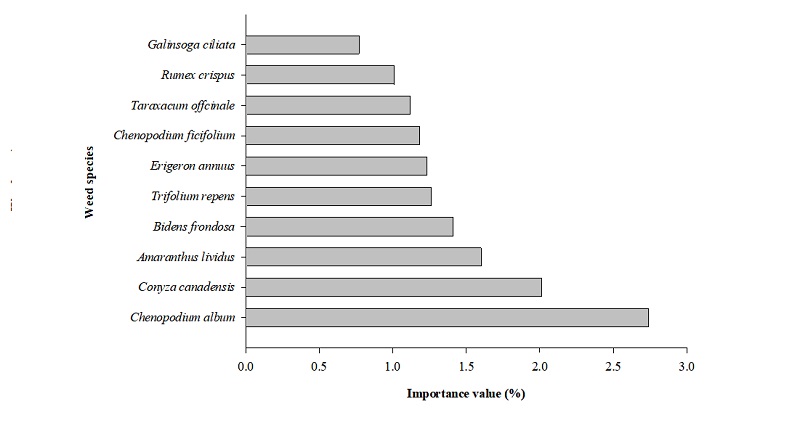Abstract
Intensive globalization of markets, rises of tourism and exchange of goods have facilitated intentional and unintentional movement of plant species beyond natural geographical barriers. These activities led to the distribution of unwanted plant species in all parts of the world, as well as in Korea.
Figures & Tables

Fig. 1. The list of dominant exotic weeds in arable land of Korea (data was collected from Lee et al., 2017)


